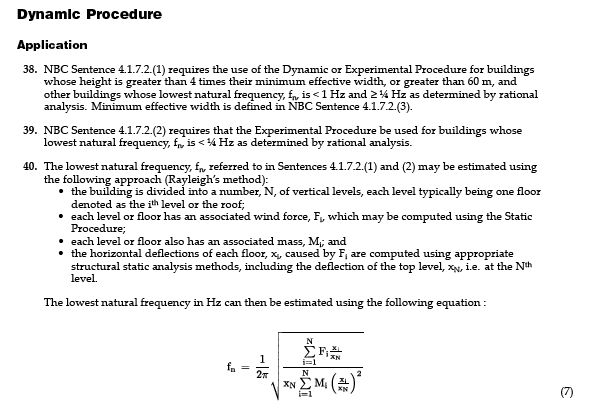EngDM
Structural
- Aug 10, 2021
- 713
Hey guys,
Does anyone know the units in this equation, or have any examples to see? The code doesn't define what units are to be used for the deflection or for the weight.

Does anyone know the units in this equation, or have any examples to see? The code doesn't define what units are to be used for the deflection or for the weight.

